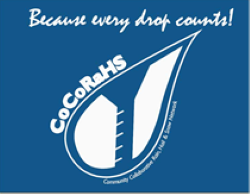Weather Highlights
WELCOME TO ARBOR DOCTOR’S WEATHER PAGE!
Unique meteorological insights from the Arbor Doctor, Ron Rothhaas, as heard on In The Garden with Ron Wilson, in particular how weather affects your landscape investment. Ron Rothhaas is an official US National Weather Service COOP observer, Cheviot OH 3W, and a CoCoRaHS observer, Cheviot OH 3.4W.
Detailed Local Forecast for Cincinnati Tristate:
Weekly Weather and Crop Bulletin
US Seasonal Drought Outlook (3 month)
Other Drought links:
Please remember to water…correctly!
Water once per week, one inch per week, under the entire branch spread, in the absence of rain, May through November. Either rainfall or your watering should equal the one inch per week. Do not water if the soil is already moist. Put out a sprinkler and a straight sided soup can or rain gauge and measure one inch per week. Measure the rainfall which falls in your yard. Your trees don’t care what fell at the airport!
If burlap was left on new trees, it will repel water and the tree or shrub may die. Be sure burlap and twine are removed from the top of all root balls. If your landscaper disagrees, refer him or her to the American National Standards Institute (ANSI) industry standard for installation of landscape plants.
To the extent possible recycle fallen leaves back into the soil around the trees and maintain mulch around the trees to a radius of at least 3-5 feet. Keep mulch off trunks. Use a coarse textured mulch. Avoid triple shredded mulch. Aged arborist wood chips, mulched and composted leaves, pine bark, and pine straw are all good. Very finely ground mulches such as triple ground hardwood mulch are not beneficial and may inhibit moisture and oxygen exchange.
Meteorological Versus Astronomical Seasons
Spring: March 1-May 31; Summer: June 1-August 31; Fall: September 1-November 30; Winter: December 1-February 28 (29)
You may have noticed that Arbor Doctor, meteorologists and climatologists define seasons differently from “regular” or astronomical spring, summer, fall, and winter. So, why do meteorological and astronomical seasons begin and end at different times? Climatologically, the period July 14-21, the mid-point of meteorological summer, is the hottest week of the year and the period January 14-21, the mid-point of meteorological winter, is the coldest week of the year over much of the continental US including the Ohio valley.
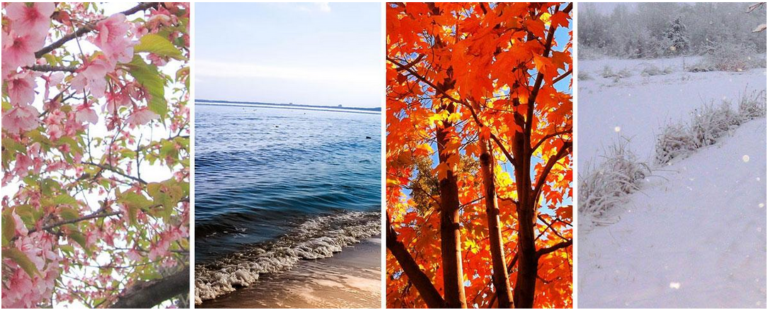
.png)
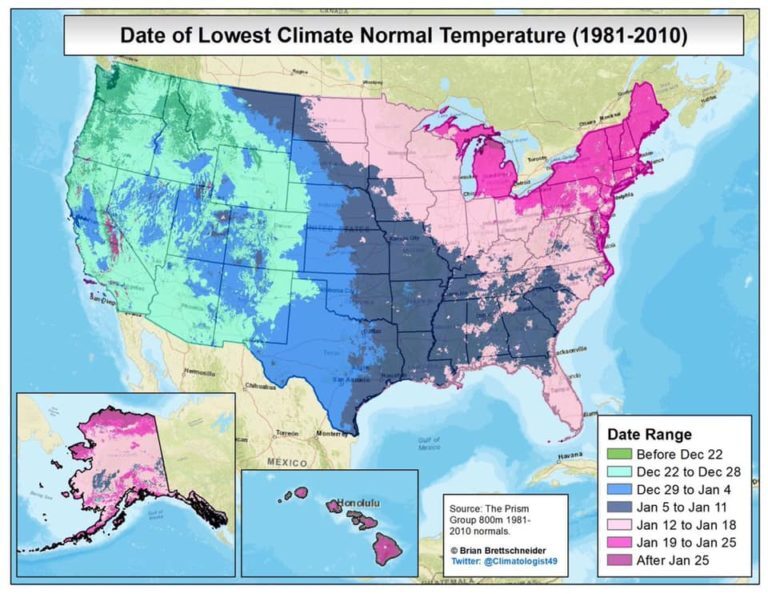
Soil temperature map
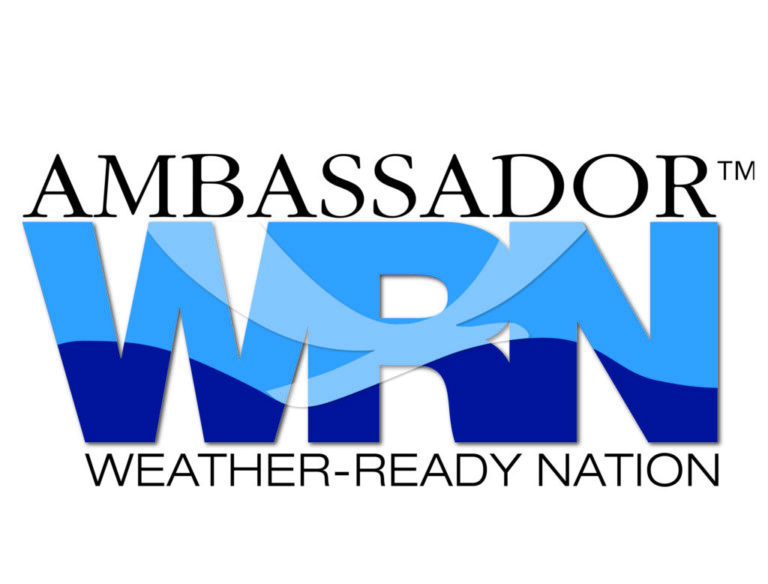
Arbor Doctor LLC has been accepted as a NOAA Weather-Ready Nation Ambassador. The Weather-Ready Nation Ambassador initiative is an effort to formally recognize NOAA partners who are improving the nation’s readiness against extreme weather, water, and climate events. As a Weather-Ready Nation Ambassador, Arbor Doctor LLC is committing to work with NOAA and other Ambassadors to strengthen national resilience against extreme weather.
Please take the time to learn more about Weather-Ready Nation on these websites:

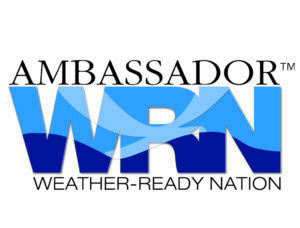



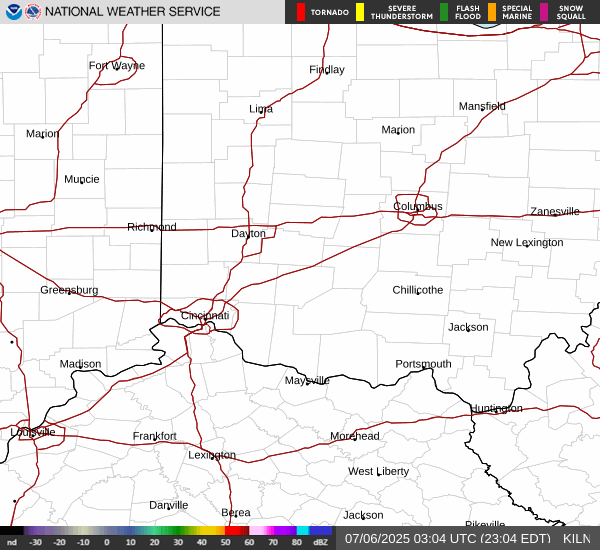
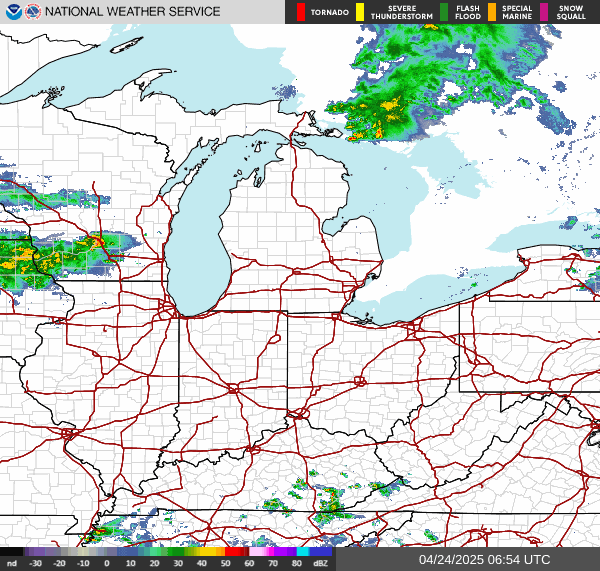


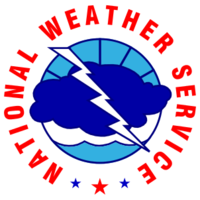



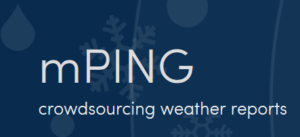


.png)


